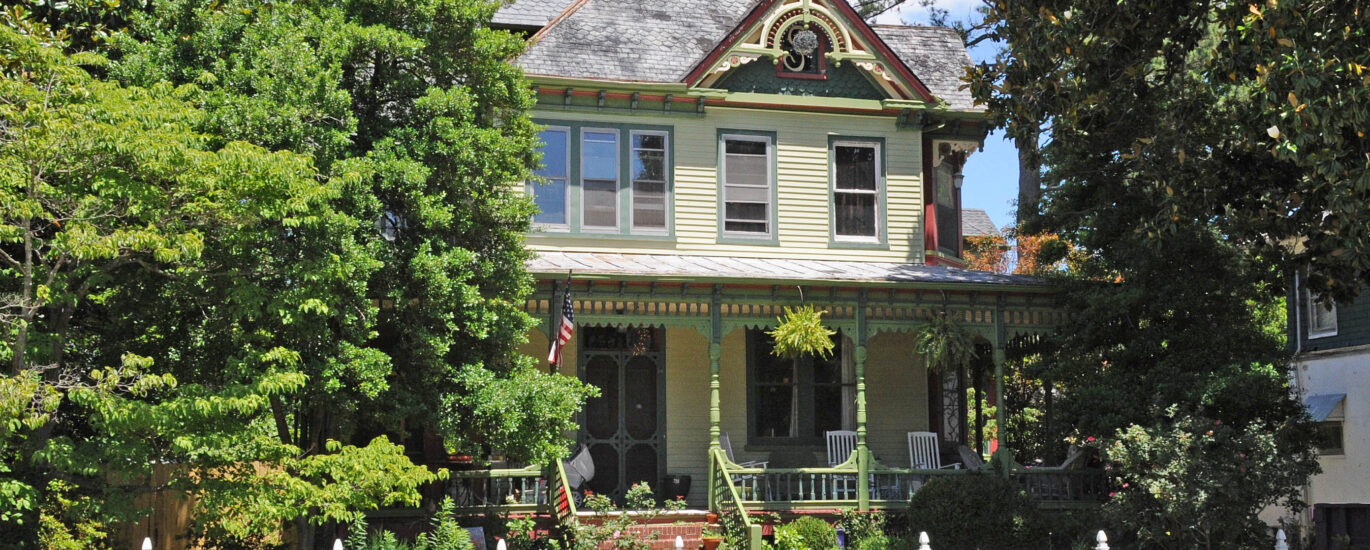Welcome to the Victoria Boulevard Historic District, a charming enclave in Hampton, Virginia, where history and architecture come together in a delightful blend. Originally known as the Historic Little England, this district stands as a testament to the area’s development as a streetcar suburb in the late 19th and early 20th centuries.
The roots of this neighborhood trace back to 1888 when James S. Darling, an entrepreneur from New York, laid out the area as part of his vision to create a suburb that complemented his newly constructed electric railway. This innovative railway connected Hampton with Newport News, offering a convenient commuting option for residents. Darling’s influence is still felt today, not only through the layout of the neighborhood but also in some of the homes that grace its streets.
The district is renowned for its architectural diversity, featuring styles such as Queen Anne, Colonial Revival, and American Foursquare. Among the notable residences are the house of Frank Darling, built around 1895, and the Reed House, circa 1902. These homes reflect the eclectic tastes of the upper middle class during that era, showcasing cohesive designs through common building materials and harmonious color schemes.
One interesting aspect of this district is its connection to the Hampton Institute Trade School. It is believed that some of the homes were constructed by students from this institution, highlighting early efforts to uplift the social and economic status of Blacks and Native Americans through education and manual arts training.
The district’s development was not immediate, but over the next thirty years, it matured into a desirable suburb. It served as an ideal location for businessmen who worked either in Hampton or Newport News, providing a serene residential setting at a convenient commuting distance.
Today, the Victoria Boulevard Historic District is not just a collection of beautiful homes; it is a window into the past, offering insights into the architectural trends and societal changes of the time. As you stroll through this historic neighborhood, imagine the clatter of the streetcar and the bustling life of a thriving community at the turn of the century.






